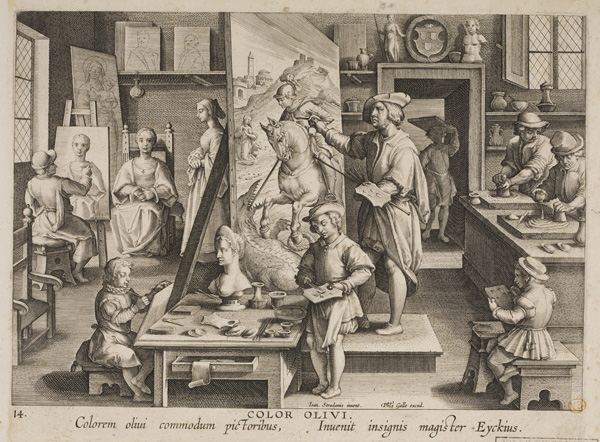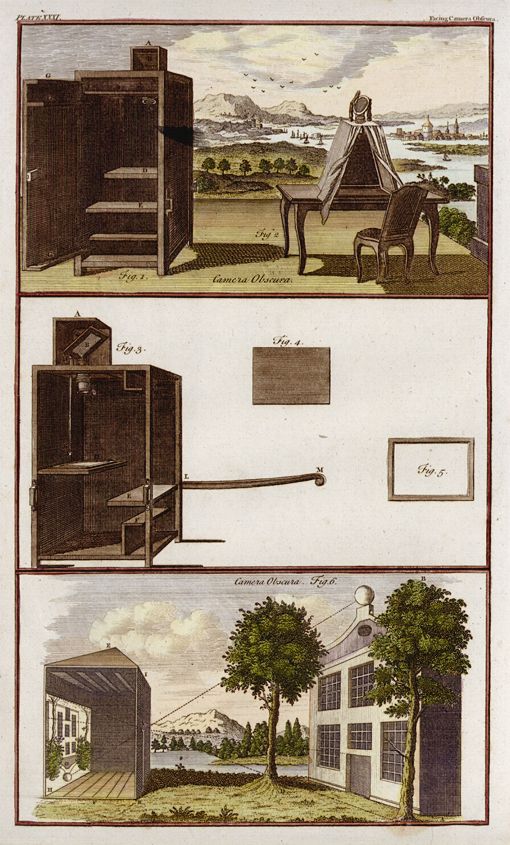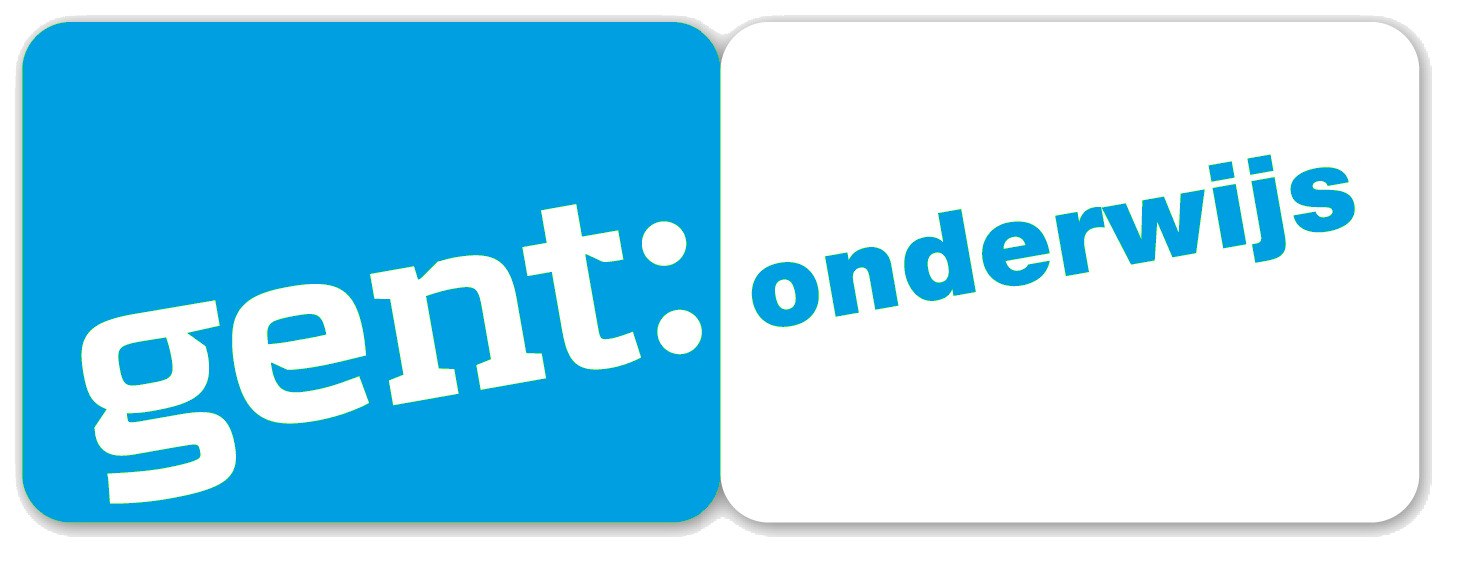 |
Van Eyck’s paintBefore the invention of oil paint, tempera was used for paintings and manuscript illustrations. True to tradition, icons continue to be painted with tempera. The most common type of tempera is egg tempera. Countless books have been written on this subject, but the mystery was not unravelled before the end of the previous century. This was thanks to researchers who examined minute fragments of paint from Jan Van Eyck’s works of art under a microscope and performed chemical analyses. Technical mastery |
 |
Jan Van Eyck’s secretIn his book Secret Knowledge, Rediscovering the Lost Techniques of the Old Masters, famous contemporary British painter, draftsman and photographer David Hockney writes: "from the early 15th century many Western artists used optics – by which I mean mirrors and lenses (or a combination of the two) – to create living projections." This book caused quite a stir among art historians. David Hockney explored European art history. With colour copies of paintings, he turned a long wall in his studio into an illustrated timeline with works of art by Northern European painters on top and Southern European painters at the bottom. He noticed that the transition to a more 'photographic' manner of painting occurred quite suddenly, circa 1420-1430. All of a sudden, portraits like those by Jan van Eyck became much more realistic, complex patterns in folded fabrics were depicted perfectly and painters no longer seem to have had any problems with the perspective renderings of objects. He believes that this evolution must have been based on a technical innovation: he suspects that these artists somehow made use of lenses to project images. |
Portrait of a man: Hubert Van Eyck
Sources
Books
-
VIJD Het verdriet van het Lam Gods
Bruyneel, Jonas (2019) - Uitgeverij Lannoo -
MAGNUM OPUS, het leven van Johannes, Hubert, Lambert en Margaretha Van Eyck
Raymond Corremans (2018) - Uitgeverij C. De Vries-Brouwers -
Een wonderbaarlijke tuin. Flora op het Lam Gods
Hilde Van Crombrugge en Paul Van den Bremt (2016) - Uitgever:Provinciebestuur Oost-Vlaanderen, Monumentenzorg
Websites
- https://lukasweb.be
- https://www.academia.edu
- https://visit.gent.be
- http://www.ghendtschetydinghen.be
- http://vlaamseprimitieven.vlaamsekunstcollectie.be
- https://www.kerknet.be
- https://www.mskgent.be
- https://www.youtube.com
- https://www.wikipedia.org
- http://static.digischool.nl
- https://www.historium.be/



